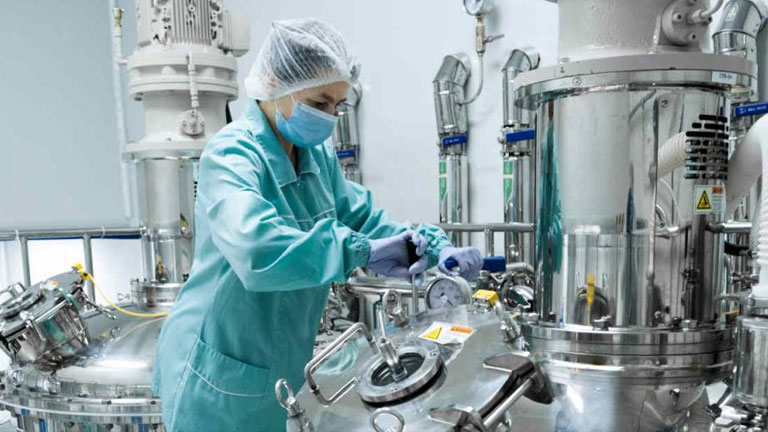By Genetic Engineering and Biotechnology News –
Stem cell research recently celebrated its 60th anniversary. Although the first publications in this field appeared in the early 1960s, it took another 20 years before the first embryonic stem cells could be isolated. Another important milestone was passed in 2006, when Kyoto University’s Kazutoshi Takahashi, PhD, and Shinya Yamanaka, MD, PhD, reported that they had used defined factors to reprogram differentiated cells to an embryonic-like state. This work led to induced pluripotent stem cell (iPSC) technology that made it much easier to conduct stem cell research. This technology not only simplified the procurement of stem cells, but it also made it possible to avoid the ethical concerns that attend the use of human embryonic stem cells. In 2014, the first stem cell therapy for the treatment of limbal stem cell deficiency, a disease in which a regular corneal epithelium is missing, was approved by the European Medicines Agency. At present, according to the Alliance for Regenerative Medicine, 14 cell and gene therapies available in different markets across the world involve stem cells. The intervals between new therapies are becoming shorter and shorter, as the technology has matured to the point where clinical application is possible on a larger scale.




